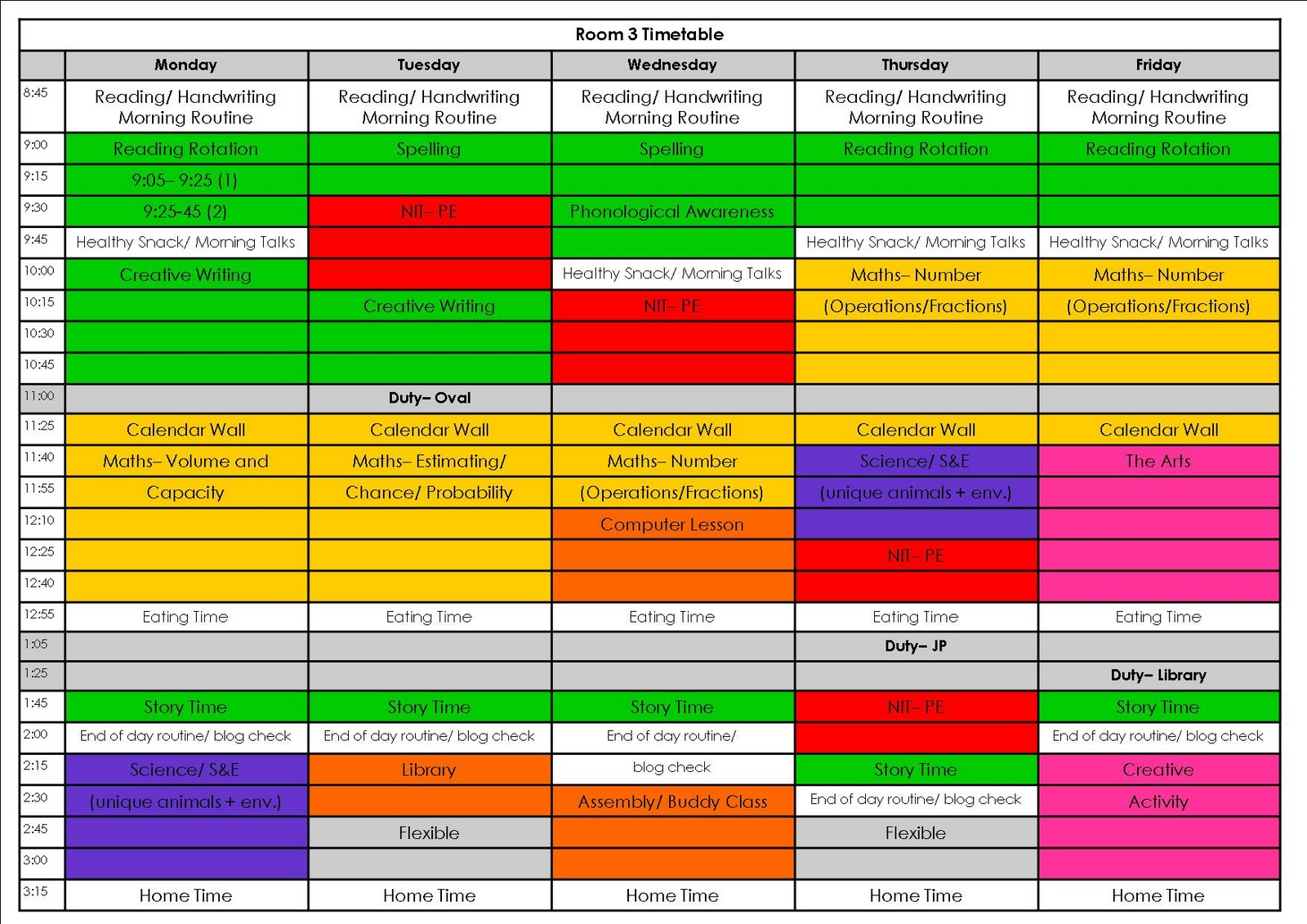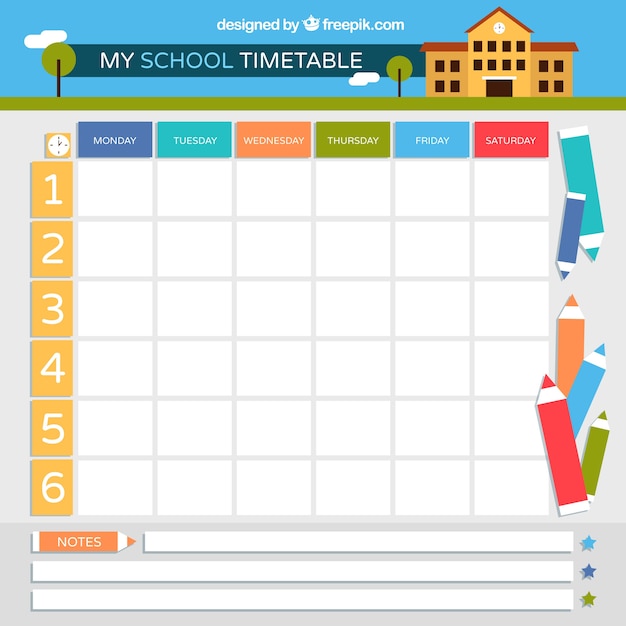
If you want to be able to visualize how much time you’re wasting on daily distractions, which apps dominate your focus or how often you switch context in a day, you can't beat Dewo.ĭewo’s time management charts reveal insights about the way you work that you may not be conscious of.

Smart decision-making requires accurate data – and sometimes it isn’t until we’re able to really grasp just how much time we’re frittering away that we’re able to act, and reveal new levels of cognitive performance. The table chart provides the most effective view of your data, but you can easily flick through the different visualizations depending on which time data you want to analyze in the moment.Ģ. The donut chart is good for visualizing money or hours by client or project, and the chart colors are based on your project colors, making things even clearer. The bar chart is ideal for visualizing logged hours over time – and you can adjust the scale of the chart by day, week, month, or year, and add a median line to visualize the average. Its simple chart builder then lets you transform that data into your choice of different time management charts. With Timely’s useful tags, you can pretty much categorize anything you want to report on, including time in meetings and communication, time by activity or project phases, and time on billable and internal work. Timely has a bunch of customizable time management charts that help to visualize the spread of work time – from the time you spend on individual tasks, to how you distribute effort across clients and projects. 5 time management charts and where to make them 1. Here are a few useful time management charts (and the tools that make creating them a doddle) to get started – and not a sad Excel graph in sight.

Being able to intuitively see where your time goes can help you reframe how you want to use it: it can allow you to measure and monitor the impact of any changes you introduce, and stay conscious and in control of your most valuable resource. But whilst we can have all the data in the world, without visualizing it tangibly it can only do so much.


Knowing where our time is really going is essential to becoming more productive.


 0 kommentar(er)
0 kommentar(er)
